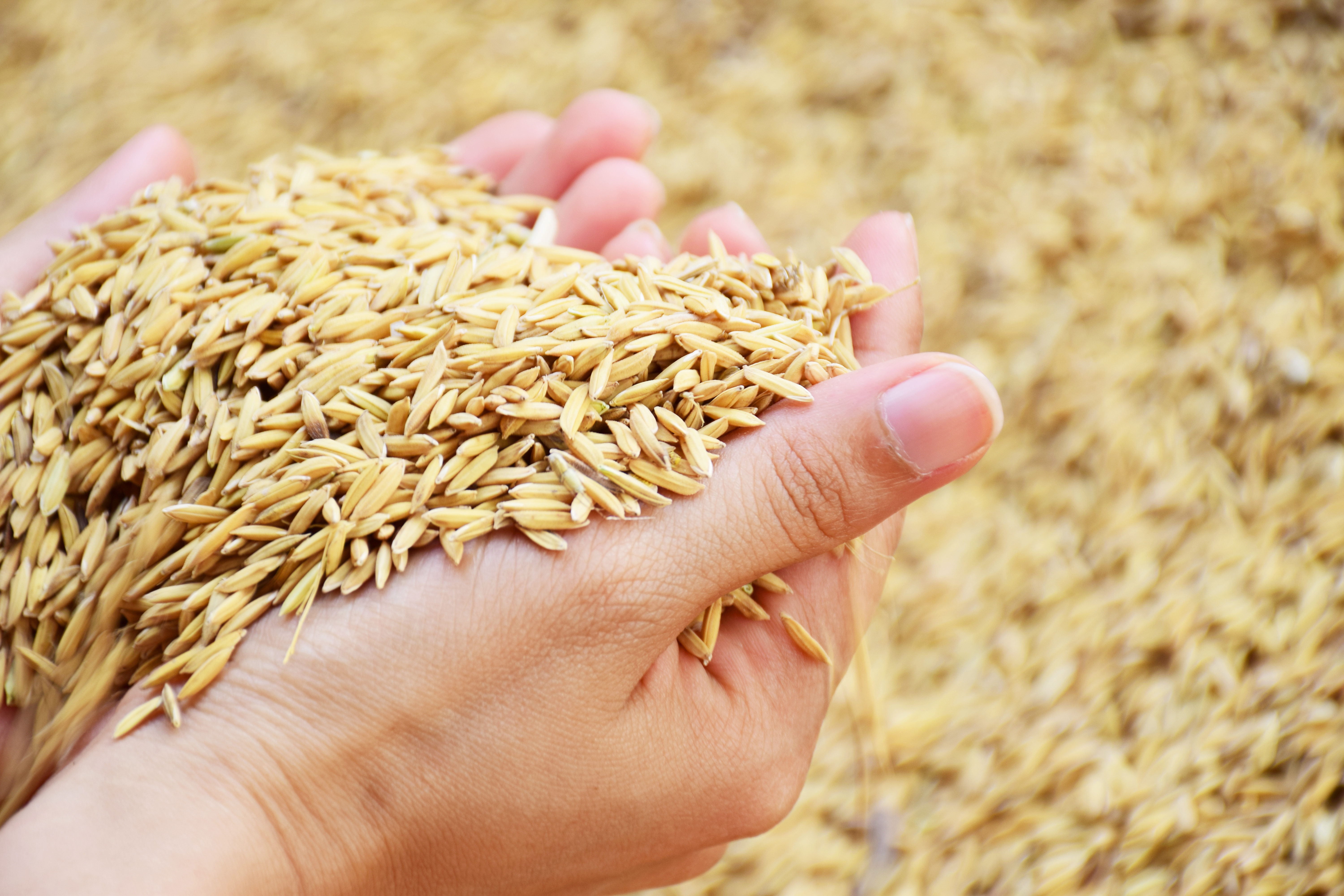The world is grappling with a deepening food crisis, driven by the COVID-19 pandemic and the Ukraine war, as supply chains are severed and costs escalate. Climate shocks like drought and floods have also stoked global hunger, impacting food production, availability, and accessibility.

According to the Global Report on Food Crises (GRFC) 2022 authored by the Food and Agriculture Organization (FAO) of the United Nations, global levels of hunger surpassed all previous records in 2021, with close to 193 million people acutely food insecure and in need of urgent assistance across 53 countries/territories. This represents an increase of nearly 40 million people compared to the previous high reached in 20201. The World Food Programme (WFP) estimates that one in nine people globally are still going to bed hungry2.
Food prices have also been rising since mid-2020. The FAO’s Food Price Index reached a new all-time high in February 2022, before taking another leap to a fresh record in March 2022. Domestic food prices have gained by 15% or more in 40 countries over the past year, making essential purchases unaffordable for many3.
Given the unprecedented overlap of crises, resolving the global food shortage has never been more critical, and BGI Group has been contributing to efforts to resolve world hunger through the use of genomics.
Enhancing Adaptability and Productivity of Crops
One such contribution by BGI will help improve the growth and yield of foxtail millet, which is an important strategic reserve crop in arid and semi-arid parts of the world, and is critically needed to feed a growing world population.
For the first time, scientists led by BGI-Research found that the genetic make-up of foxtail millet determines the environmental consequences of root-associated microbiota in the plant – a key insight that will enable researchers to improve the adaptability and productivity of the crop4.
The study, “GWAS, MWAS and mGWAS provide insights into precision agriculture based on genotype-dependent microbial effects in foxtail millet”, was published on 7 October 2022 in Nature Communications.
Boosting the adaptability of crops to environmental stressors – such as drought, extreme temperatures, floods and pests – is an important step towards enhancing food and nutritional security.
With this goal in mind, BGI-Research collaborated with International Crops Research Institute for the Semi-Arid Tropics (ICRISAT), where the team sequenced 429 chickpea lines from 45 countries to identify genes for tolerance to drought and heat5.
Chickpea is an important source of protein, and its production ranks third among pulses globally. However, global yields of pulses have stagnated in recent decades, partly caused by drought and rising temperatures.
The three-year-long study yielded key insights into the crop’s genetic diversity, domestication and agronomic traits. This means newer varieties of chickpea with higher yields can be developed, along with varieties which are disease- and pest-resistant, as well as better able to withstand the vagaries of weather.
Improving the Resilience of Rice Supply
In another move contributing to food security, BGI has sequenced the indica strain of rice, grown most widely in China and Southeast Asia. By sequencing the rice genome, scientists have been able to discover new ways of improving the quality of rice seeds, making rice more resistant to disease, providing new strains with higher yields, and importantly improving food security for countries where rice plays a critical role in food supply6.
Two innovations emerging from multi-omics research are seawater rice – which is able to grow on saline land and offers higher yields than standard varieties, as well as perennial rice – a breed that can self-germinate and be harvested continuously for three to five years, turning it into a perennial food crop that can be used commercially. These innovations have made it possible to increase rice production significantly and protect food supplies.
As can be seen, genomics offers cutting-edge tools to meet the goals of increasing the yields, quality and stability of agricultural production. This, in turn, will go a long way towards resolving the urgent problem of food insecurity and global hunger.
Reference:
1. https://www.fao.org/3/cb9997en/cb9997en.pdf
2. https://www.wfp.org/who-we-are
3. https://www.wfp.org/publications/war-ukraine-drives-global-food-crisis
4. https://en.genomics.cn/en-news-275-6425.html
5. https://en.genomics.cn/en-news-6302.html
6. https://en.genomics.cn/en-news-6303.html



